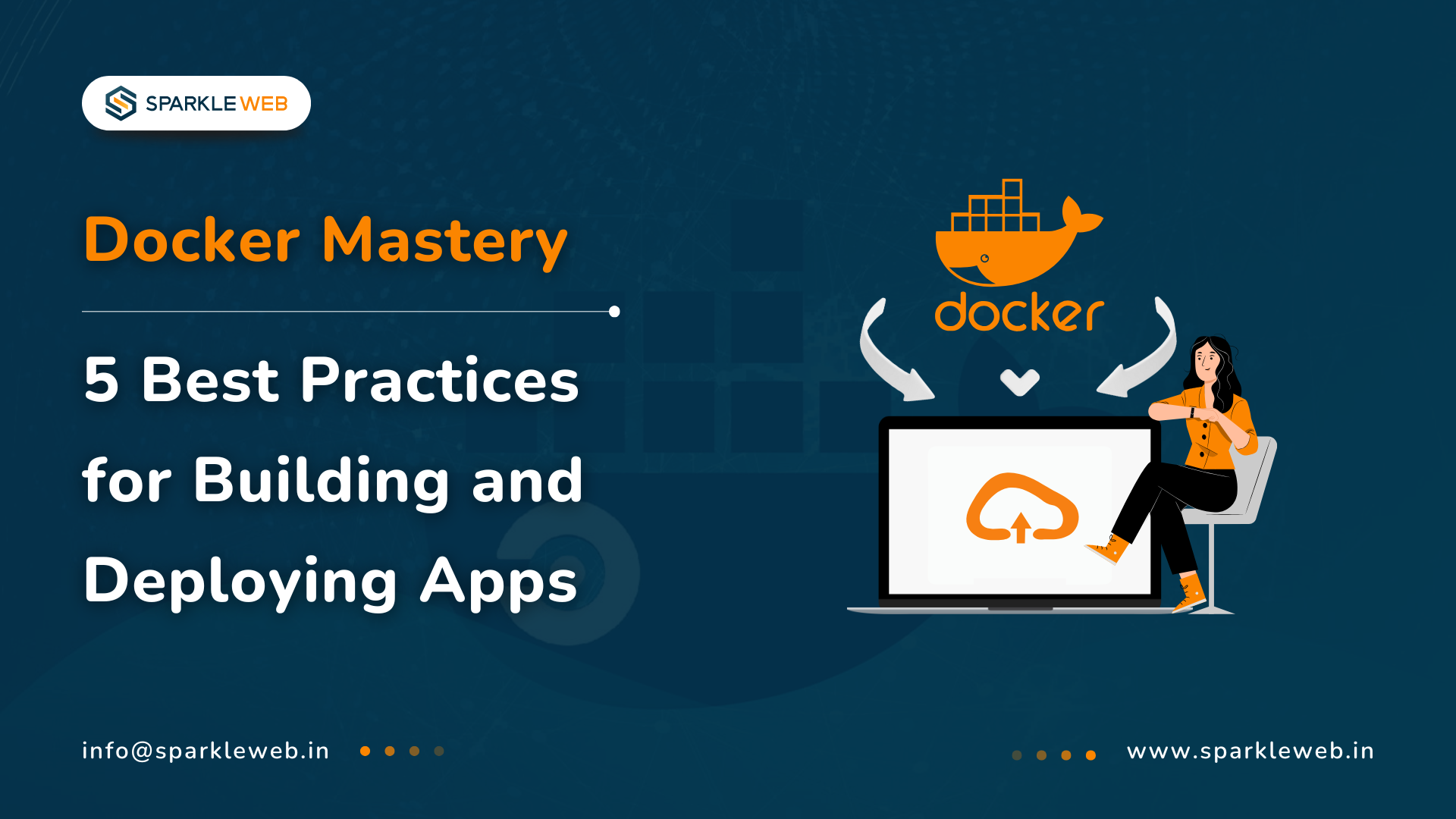1. Keep Your Docker Images Lightweight
Why It Matters:
Best Practices:
-
Use Minimal Base Images: Instead of using full operating system images like Ubuntu or Debian, use lightweight images such as Alpine Linux or Distroless. These have fewer packages, reducing the attack surface and improving performance.
-
Reduce Layers in Dockerfile: Each command in a Dockerfile creates a new layer in the image. To keep your images small, try to combine multiple commands into one where possible.
- Remove Unnecessary Files: Do not include logs, temporary files, or development dependencies in your final image. Use a .dockerignore file to exclude unnecessary files from the build context.
- Use Multi-Stage Builds: Instead of carrying all dependencies in the final image, use multi-stage builds to keep only what is required for running the application.
Example Dockerfile:
# Use a minimal base image
FROM node:18-alpine
# Set working directory
WORKDIR /app
# Copy package.json and install dependencies
COPY package.json package-lock.json ./
RUN npm install --only=production
# Copy application code
COPY . .
# Start application
CMD ["node", "server.js"]
Benefits:
-
Faster builds and deployments
-
Reduced security risks
- Better maintainability and performance
2. Optimize Caching and Layering
Why It Matters:
Best Practices:
-
Order Instructions Properly: Place instructions that change less frequently at the top of your Dockerfile. This allows Docker to reuse cached layers effectively.
-
Use a .dockerignore File: This file tells Docker which files to ignore during the build process, reducing build time and improving security.
- Use Specific Dependency Versions: Instead of using the latest tags, always specify exact versions of dependencies to ensure consistency.
Example .dockerignore File:
node_modules
.git
*.log
.env
Benefits:
-
Faster build times
-
Reduced storage and bandwidth usage
- Improved security by avoiding unnecessary files
3. Secure Your Docker Containers
Why It Matters:
Best Practices:
- Run Containers as a Non-Root User: Running as a root inside a container is dangerous. Create a new user and run the container with that user.
RUN addgroup -S appgroup && adduser -S appuser -G appgroup
USER appuser-
Limit Container Privileges: Avoid using the --privileged flag and unnecessary capabilities that might give containers more access than needed.
-
Scan Images for Vulnerabilities: Use tools like Trivy, Clair, or Snyk to detect security risks in your images.
- Keep Dependencies Updated: Always update your base images and dependencies to patch security vulnerabilities.
- Use Signed Images: Only use trusted and official images to avoid malware injections.
Benefits:
-
Protects against security breaches
-
Reduces risks of attacks
- Ensures compliance with security policies
4. Implement Efficient Logging and Monitoring
Why It Matters:
Best Practices:
-
Use Centralized Logging: Instead of storing logs inside containers, send them to a centralized system like ELK Stack, Loki, or Fluentd.
-
Use JSON Logging Format: JSON logs are easier to parse and analyze.
- Monitor Containers with Prometheus & Grafana: Set up real-time monitoring, alerting, and dashboards.
- Avoid Logging Sensitive Data: Always mask or encrypt sensitive information before logging.
Example (Structured JSON Logging in Node.js):
const winston = require('winston');
const logger = winston.createLogger({
format: winston.format.json(),
transports: [new winston.transports.Console()],
});
logger.info("Server started", { timestamp: new Date().toISOString() });
Benefits:
-
Helps in debugging and troubleshooting
-
Improves system performance analysis
- Enhances security and compliance
5. Automate CI/CD with Docker
Why It Matters:
Best Practices:
-
Use Docker in CI/CD Pipelines: Automate builds and tests using GitHub Actions, GitLab CI, or Jenkins.
-
Deploy with Docker Compose/Kubernetes: Use Docker Compose for local multi-container apps and Kubernetes for large-scale deployments.
- Use Blue-Green Deployment Strategy: Deploy new updates safely without downtime.
- Scan and Sign Images Before Deployment: Prevent security issues before moving to production.
Example (GitHub Actions for Docker Build & Push):
name: CI/CD Pipeline
on:
push:
branches:
- main
jobs:
build:
runs-on: ubuntu-latest
steps:
- name: Checkout code
uses: actions/checkout@v3
- name: Build Docker Image
run: docker build -t myapp:latest .
- name: Push to Docker Hub
run: docker push myapp:latest
Benefits:
-
Faster and more reliable deployments
-
Reduced manual work and human errors
- Ensures consistency across environments
Conclusion
Get in touch today!



Dipak Pakhale
A skilled .Net Full Stack Developer with 8+ years of experience. Proficient in Asp.Net, MVC, .Net Core, Blazor, C#, SQL, Angular, Reactjs, and NodeJs. Dedicated to simplifying complex projects with expertise and innovation.
Reply